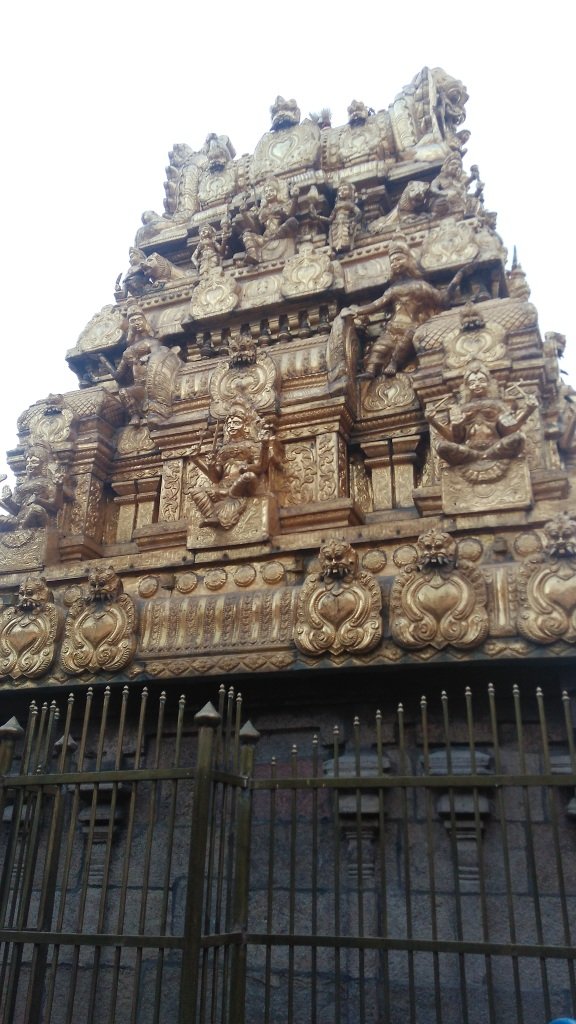The notion of "stolen land" is bullshit bourgeois obfuscation: the current land owners are blaming the existing national collective—largely composed of workers—for supposed "crimes" committed centuries ago.
The land that came to be owned by the US & international bourgeoisie was never "of indigenous people" in some romantic egalitarian sense. It was owned by & fought over for by various tribal elites—whether agricultural or hunter gatherer.
Many Asian Americans are saying, "We belong here." But, let's not forget that "we" are on stolen land. Making a claim to belonging means being committed to indigenous people's rights. #StopAAPIHate
— Pawan Dhingra (@phdhingra1) April 1, 2021
The notion of "stolen land" is bullshit bourgeois obfuscation: the current land owners are blaming the existing national collective—largely composed of workers—for supposed "crimes" committed centuries ago.
In many cases the successors of the supposed aggrieved groups don't exist. If they do deference doesn't help them.
Historically, the state's attempts to offer indigenous people special dispensations has only hurt them, rendering them dependent...
While the conditions of workers in the US is grave, being one confers...
More from All
https://t.co/6cRR2B3jBE
Viruses and other pathogens are often studied as stand-alone entities, despite that, in nature, they mostly live in multispecies associations called biofilms—both externally and within the host.
https://t.co/FBfXhUrH5d

Microorganisms in biofilms are enclosed by an extracellular matrix that confers protection and improves survival. Previous studies have shown that viruses can secondarily colonize preexisting biofilms, and viral biofilms have also been described.

...we raise the perspective that CoVs can persistently infect bats due to their association with biofilm structures. This phenomenon potentially provides an optimal environment for nonpathogenic & well-adapted viruses to interact with the host, as well as for viral recombination.

Biofilms can also enhance virion viability in extracellular environments, such as on fomites and in aquatic sediments, allowing viral persistence and dissemination.

Viruses and other pathogens are often studied as stand-alone entities, despite that, in nature, they mostly live in multispecies associations called biofilms—both externally and within the host.
https://t.co/FBfXhUrH5d

Microorganisms in biofilms are enclosed by an extracellular matrix that confers protection and improves survival. Previous studies have shown that viruses can secondarily colonize preexisting biofilms, and viral biofilms have also been described.

...we raise the perspective that CoVs can persistently infect bats due to their association with biofilm structures. This phenomenon potentially provides an optimal environment for nonpathogenic & well-adapted viruses to interact with the host, as well as for viral recombination.

Biofilms can also enhance virion viability in extracellular environments, such as on fomites and in aquatic sediments, allowing viral persistence and dissemination.


























